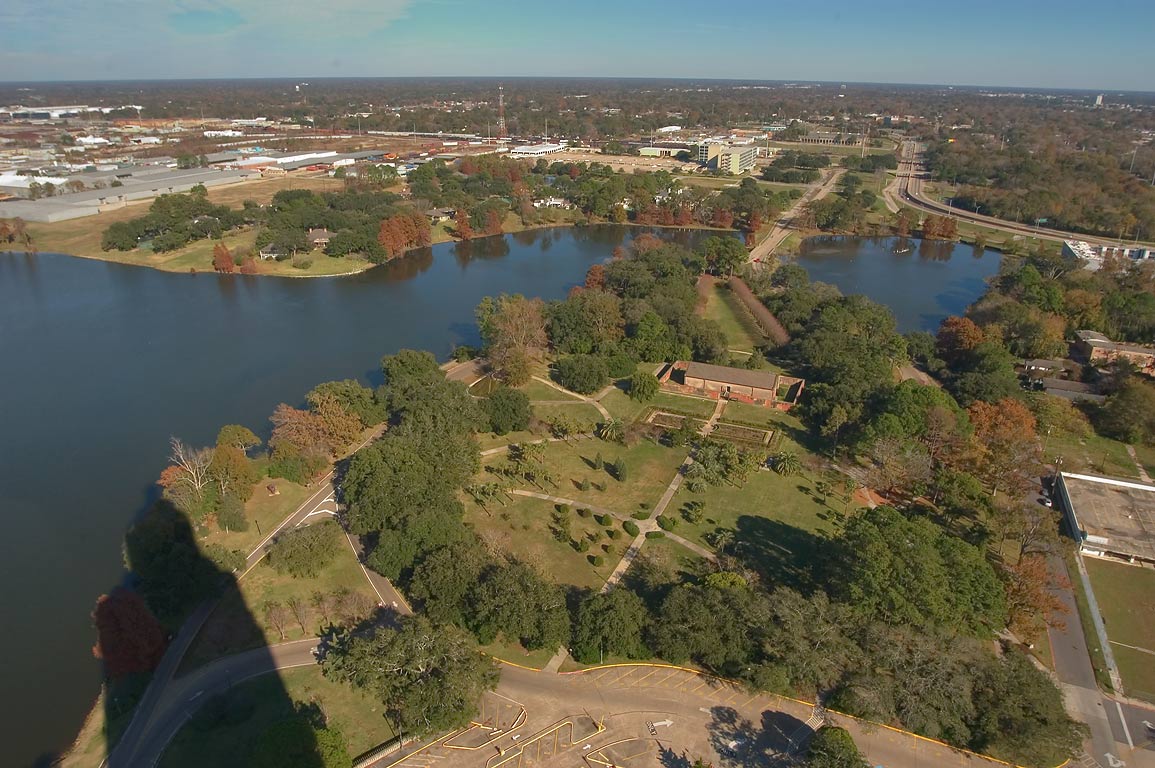Old Arsenal Museum
The Old Arsenal was constructed in 1838 for the Baton Rouge military post, the main ordinance depot for the southwestern United States.

Courtesy of The Louisiana Endowment for the Humanities
Old Arsenal Museum. Sergeev, Alexey (photographer)
Although known as the Old Arsenal, this brick structure was constructed as a powder magazine. It is the last remaining of four powder magazines that were as part of the Baton Rouge military post, the main ordnance depot for the southwestern United States for much of the nineteenth century.
The arsenal stands on the southern shore of Capitol Lake, between the State Capitol building and the Governor’s Mansion. For safety reasons, the powder magazines were built at a distance from the Pentagon Barracks, the only other surviving structures of the military post. The arsenal’s courtyard and high, thick brick walls surrounding the building were designed to send the force of any accidental explosion upward rather than outward. The arsenal itself, 135 feet in length and 35 feet wide, has walls that are 12 feet high and 4.5 feet thick, resting on brick foundations, with brick piers supporting a groin-vaulted ceiling covered on the exterior with a long gable roof.
The magazine could hold up to 3,000 barrels of powder. Along with the Pentagon Barracks, the arsenal became redundant in 1879. Louisiana State University acquired the building in 1886, using it for different functions until the university moved to its new campus. In 1956, the Daughters of the American Revolution initiated the transformation of the magazine into a museum, achieved in 1962. The museum’s exhibits present information about Baton Rouge military history and the Capitol grounds. The one remaining Indian mound west of the arsenal (another was removed around 1850) indicates that the capitol area was the site of a large Indian village around A.D. 1200.
Adapted from Karen Kingsley’s Buildings of Louisiana, part of the Buildings of the United States series commissioned by the Society of Architectural Historians (www.sah.org) and published by Oxford University Press.
